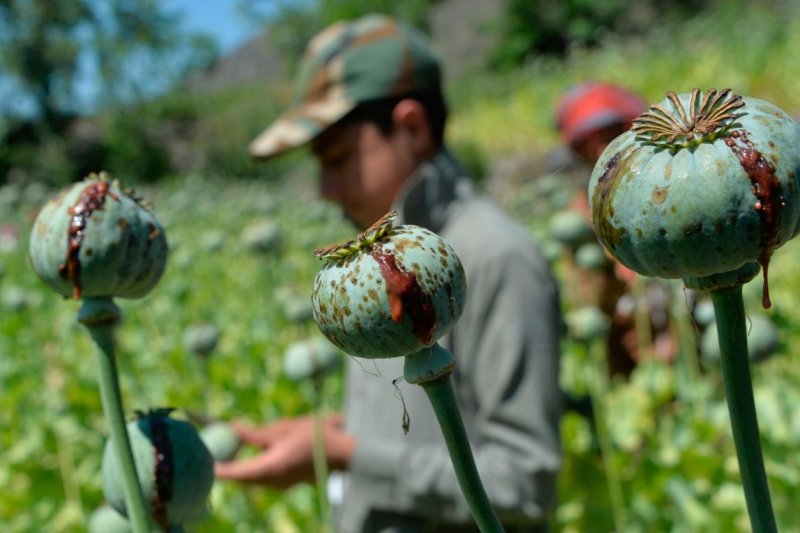Albania Part of Heroin Trafficking from Afghanistan Map; EMCDDA
Albania is part of the Balkan map that traffics heroin from Afghanistan, through Iran and Pakistan, according to a recent report by the European Monitoring Center for Drug Use (EMCDDA).
In the scheme published in the report, for non-EU countries, identified as the 'origin' or 'transit' of heroin seized in the European Union for the period 2018-2021. Albania, Turkey and the United Kingdom are the only European countries that are included in this scheme (see the scheme at the end).
Albania, according to the report, is part of the Balkan route.
The Balkan route from Afghanistan through Iran, Turkey and the Balkan countries represents the shortest and most direct route to the European consumer markets. On this route, heroin usually enters the EU at land border crossing points in Bulgaria or Greece.
This is a corridor created for the trafficking of heroin into the EU and acetic anhydride in the opposite direction (acetic anhydride is the main chemical used to make heroin).
Law enforcement units identify Iran as an important hub for heroin trafficking along the Balkan route, where large quantities of the drug are hidden, contained in legal cargo and hidden in vehicles, which are then trafficked onward to the EU- through Turkey.
Bordering two EU member states, Turkey is another key country on the Balkan route. Although heroin seizures decreased during the COVID-19 crisis, Turkey continued to seize significant amounts of heroin, reporting a record 22.2 tons in 2021.
From Turkey, heroin is sent to the EU along three branches of the Balkan route:
southern branch - land through Greece and Albania or using maritime methods through the Mediterranean Sea,
central branch – through Bulgaria, North Macedonia, Serbia, Montenegro, Bosnia-Herzegovina, Croatia and Slovenia, and to Italy or Austria, mainly by land,
Northern branch – a land route from Bulgaria to Romania and then directly to the consumer markets in the central and western EU.
According to the report, some of the heroin smuggled along the southern and central branches may be diverted for local consumption or temporarily stored in warehouses in the Western Balkans region, before being transported to EU markets.
The report describes the European market for heroin (the most widely used illegal opioid), from production and trafficking, to distribution and use.
The retail heroin market in the EU is estimated to be worth at least €5.2 billion per year. The amount of heroin seized by EU member states more than doubled in 2021 to 9.5 tonnes – the highest amount in 20 years – with large individual shipments detected at seaports. Illicit use of opioids remains a major concern in the EU, accounting for around three-quarters of the more than 6,000 drug-related overdose deaths in 2021. There are around 1 million opioid users in the EU, the report says.
Trafficking and distribution of heroin is the main activity for some criminal networks operating in the EU, which have structured infrastructure and contacts. As with other drugs, abuse of legal business structures, money laundering and corruption are among the main factors enabling the illegal heroin market, the report says.
(Source: Monitor)













